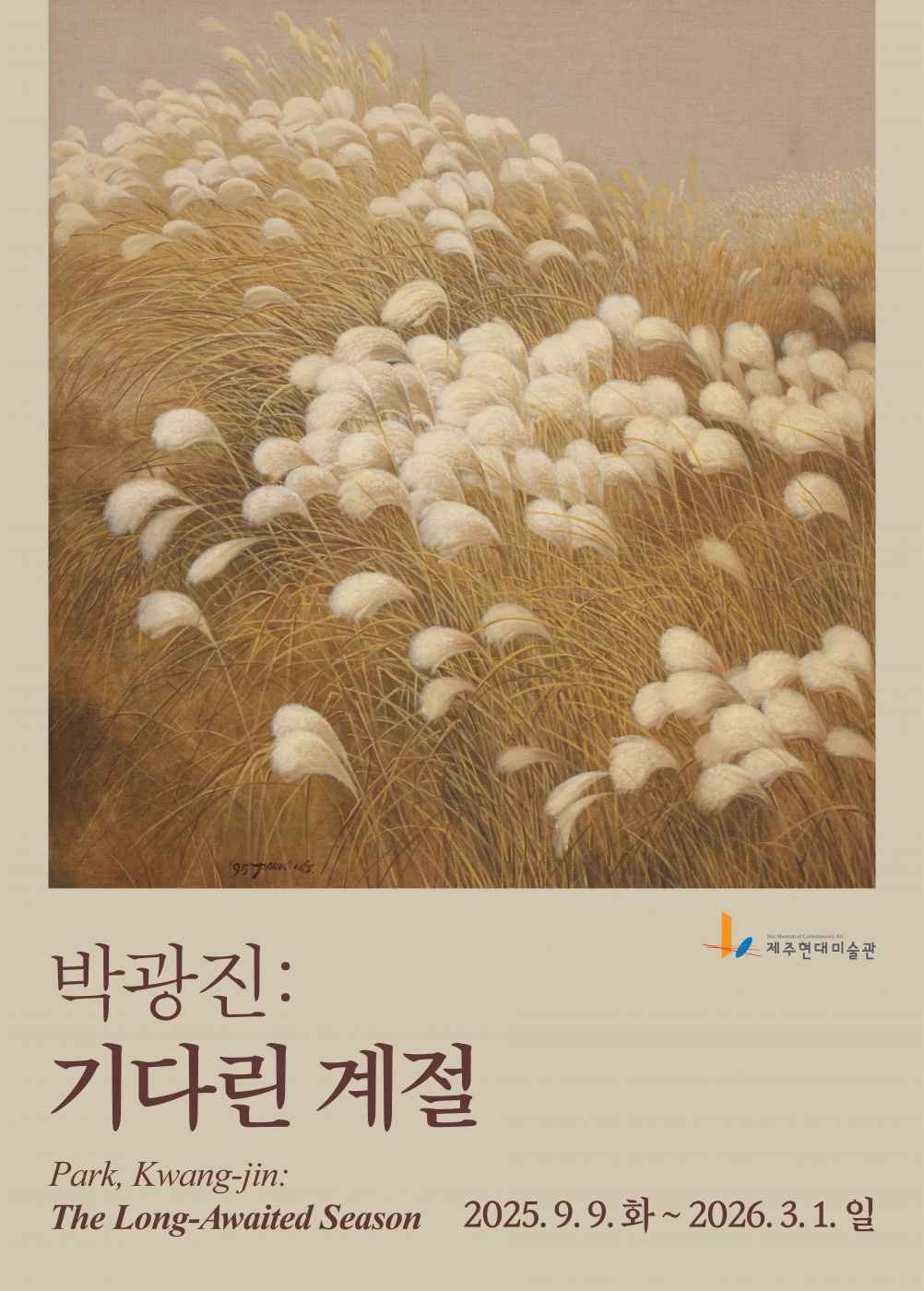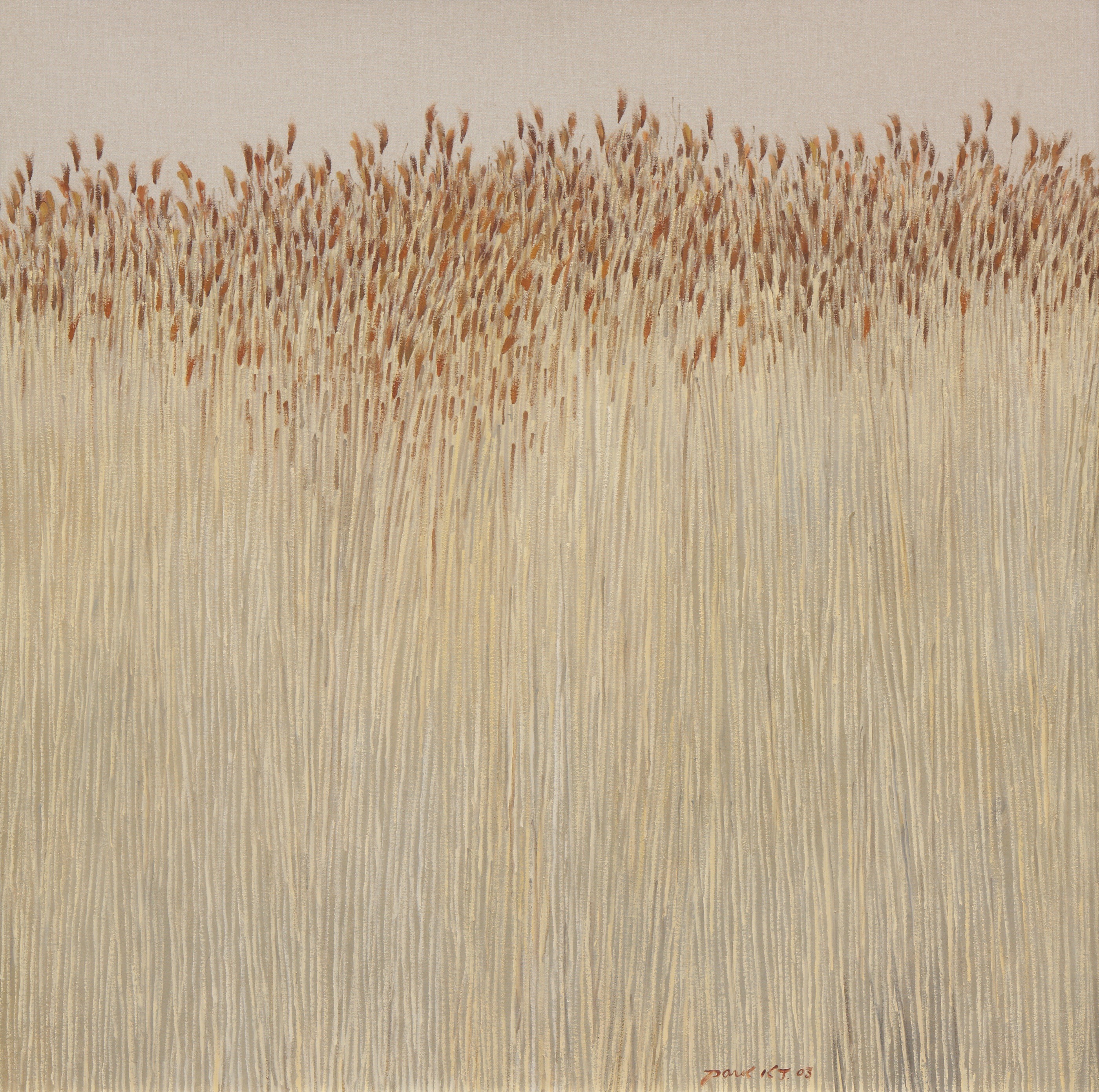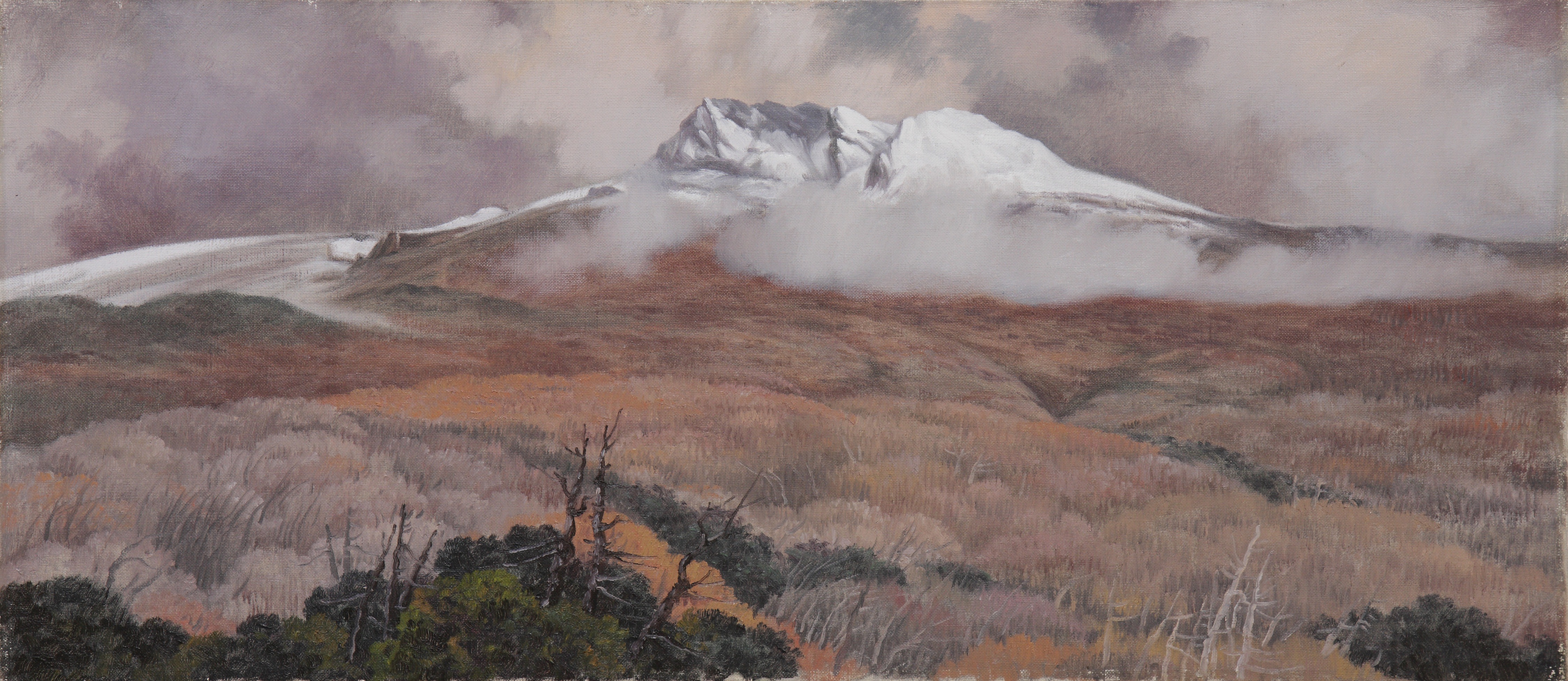
| Period| | 2025.09.09 - 2025.03.01 |
|---|---|
| Operating hours| | 박광진: 기다린 계절 |
| Space| | Jeju Museum of Contemporary Art |
| Address| | 35, Jeoji 14-gil, Hangyeong-myeon, Jeju-si, Jeju-do, Republic of Korea |
| Closed| | Mon |
| Price| | Free |
| Phone| | 064-710-7801 |
| Web site| | 홈페이지 바로가기 |
| Artist| |
|
정보수정요청



|
|
Exhibition Information




The exhibition Park Kwang-jin: The Long-Awaited Season offers a rare opportunity to encounter the autumn and winter landscapes of Jeju Island as rendered by artist Park Kwang-jin (b. 1935). Since his first visit to the island in 1964, Park has maintained a studio in Jeju and returned whenever time allowed to capture the island’s nature on canvas. This exhibition presents scenes of windswept fields of silver grass, vibrant autumn foliage, and snow-covered forests in the depths of winter.Park translates the awe of nature into both realistic and abstract expressions. The Long-Awaited Season will serve as a space where the moments he encountered, year after year, to paint his tributes to nature, come together with the season that has now arrived.Autumn in Jeju is especially radiant with crimson foliage and silver grass. In his poem This Azure Day, poet Seo Jeong-ju evokes the essence of the season: “There, there, where autumn flowers once were, green grows weary and turns to red.”As late autumn sets in, chlorophyll in the leaves recedes, revealing hues of red and yellow—perhaps the colors that nature held all along. Silver grass, too, is a hallmark of the season. Swaying in the wind, vast colonies of silver grass sweep across the land like shimmering waves, unfolding a spectacle that resembles the rippling sea.Park frequently depicted the autumn foliage of Hallasan Mountain and the oreum hills, along with the silver grass. His Sound of Nature series, created in the 1990s, stands out for its in-depth exploration of landscape painting. In these works, especially those featuring silver grass, he experimented with ways to visually express “the sound of nature.” He filled entire canvases with upright grass stalks to emphasize verticality, introduced new striped patterns, and simplified mountains and grass into geometric forms. Through these experiments, one can see how his work shifted away from realistic landscapes marked by calm brushstrokes and a restrained palette, toward a transformed artistic vision.Park’s winter landscapes are notable for their warmth. As the viewer’s gaze follows a rounded path from the lower edge toward the center of the canvas, clusters of trees painted in solid masses of apricot, pink, and green come into view. Though the forest is bare and the ground is blanketed in white snow, the paintings feel embracingly gentle—perhaps because of the subtle warmth radiating from the distant colors of the woods.Throughout his life, Park Kwang-jin has devoted himself to painting the beauty of nature. In Park Kwang-jin: The Long-Awaited Season, we hope that the grandeur and delicacy of nature—expressed through his varied compositions and rhythms—will resonate deeply in the hearts of all who visit.
